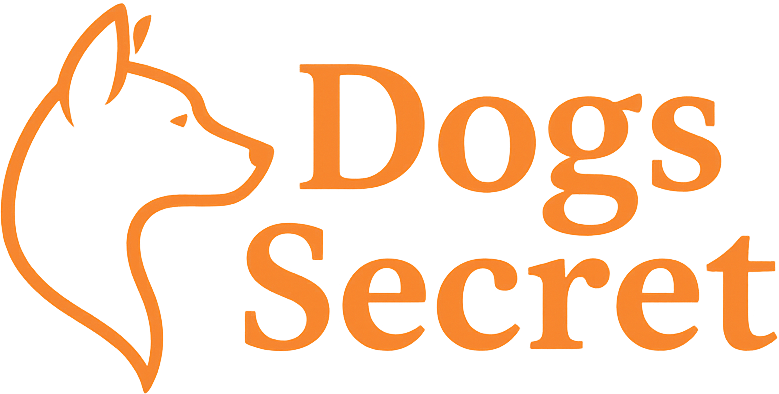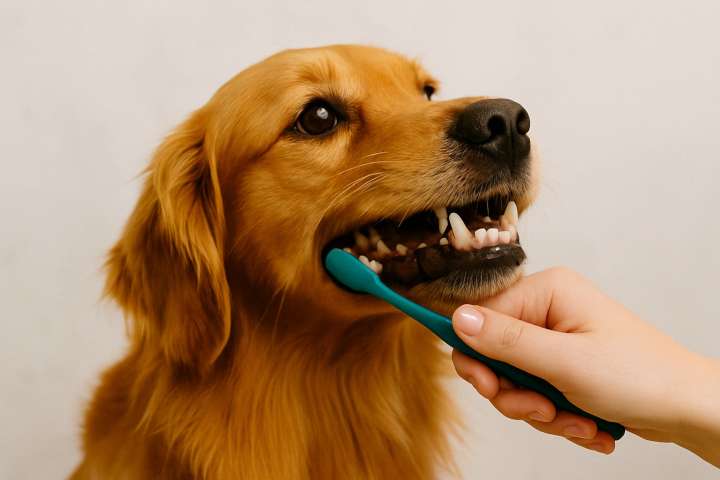Dog dental care is more than just fresh breath—it’s essential for your dog’s overall health. Did you know that over 80% of dogs over age 3 show signs of dental disease? Bad breath, yellow teeth, and gum inflammation aren’t just cosmetic issues—they can lead to pain, infections, and even heart or kidney problems.
Fortunately, with a few simple steps, you can keep your dog’s teeth healthy, their breath fresh, and their smile shining.
This vet-approved guide walks you through the best daily, weekly, and professional dental care tips to help prevent problems before they start.
Why Dog Dental Care Is So Important
Poor dental hygiene can lead to:
- Gingivitis and periodontal disease
- Tooth loss or pain while eating
- Bacterial infections that can enter the bloodstream
- Organ damage (especially to the heart, liver, and kidneys)
Dogs often hide dental pain, so prevention is key.
Top Tips for Healthy Dog Teeth and Gums
- Brush Your Dog’s Teeth Regularly
Brushing is the gold standard for dog dental care.
How often? Ideally daily, or at least 3x per week
What you’ll need:
- Dog toothbrush or finger brush
- Dog-safe toothpaste (never use human toothpaste—xylitol is toxic!)
- A calm, positive attitude and lots of praise
Brushing tips:
- Start slow—let your dog sniff and taste the toothpaste
- Lift lips gently and brush in small circular motions
- Focus on back molars, where plaque builds up most
- Reward with a healthy treat or playtime
2. Use Dental Chews and Treats
Dental chews can help reduce plaque and tartar, especially when brushing isn’t possible.
Look for:
- Products with the VOHC (Veterinary Oral Health Council) seal
- Firm chews that last longer (but not too hard to break teeth)
- Natural options with added breath-freshening herbs (like parsley or mint
Avoid bones, antlers, or overly hard chews—they can crack teeth.
3. Incorporate Dental Toys
Chew toys designed for dental health help scrape plaque and massage gums.
Great choices include:
- Rubber toys with grooves (KONG Dental, Nylabone DuraChew)
- Rope toys (supervised use only)
- Textured balls for interactive play
Rotate toys to keep your dog engaged and chewing regularly.
4. Add Dental Water Additives or Sprays
Dental additives are mixed into your dog’s water bowl to fight bacteria and freshen breath.
Bonus: These are ideal for dogs who resist brushing.
Check that they’re:
- Vet-approved and xylitol-free
- Labeled for daily use
- Paired with other dental care (not a standalone solution)
Rotate toys to keep your dog engaged and chewing regularly.
5. Schedule Professional Cleanings
A professional dental cleaning at the vet is the only way to fully remove tartar below the gum line.
Recommended frequency:
- Every 12–24 months, depending on age, breed, and home care
What to expect:
- Under general anesthesia for safety and comfort
- Complete oral exam, scaling, polishing, and extractions if needed
Ask your vet for a dental health check during annual visits.
How to Tell if Your Dog Has Dental Problems
Watch for these red flags:
- Bad breath (not just “dog breath,” but foul-smelling)
- Yellow or brown tartar on teeth
- Red, swollen, or bleeding gums
- Loose or missing teeth
- Drooling or pawing at the mouth
- Reluctance to eat or chew
These signs warrant a vet visit ASAP.
Breed-Specific Dental Considerations
Some breeds are more prone to dental disease, especially:
- Small breeds: Yorkies, Chihuahuas, Dachshunds, Pomeranians
- Flat-faced breeds: Bulldogs, Pugs, Shih Tzus
- Toy breeds often retain baby teeth that crowd the mouth
These dogs may require earlier or more frequent vet cleanings and more consistent at-home care.
Conclusion
Final Thoughts on Dog Dental Care
Caring for your dog’s teeth doesn’t have to be difficult—but it’s one of the most overlooked parts of pet health. By brushing regularly, offering dental chews, and staying ahead of tartar buildup, you can prevent pain and disease before it starts.
Want a printable Dog Dental Checklist or Brushing Tracker? Visit our Canine Oral Health Center for tools, toothpaste reviews, and how-to videos.

